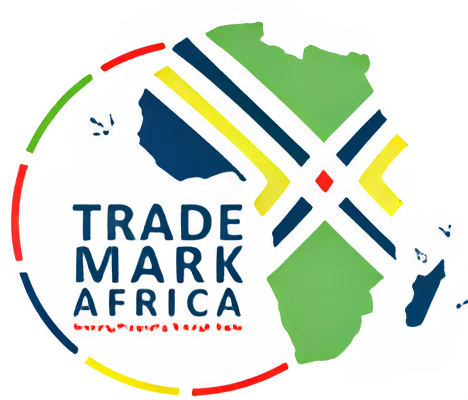La réunion inaugurale du Comité national de Surveillance ouvre la voie aux activités de facilitation du commerce en Côte d’Ivoire

Le programme national de TradeMark Africa (TMA) en Côte d’Ivoire a tenu sa réunion inaugurale du Comité national de Surveillance (CNS) le 20 septembre 2024, suite à la récente signature d’un protocole d’accord avec le ministère du Commerce. Le CNS fait partie de la structure de gouvernance de TMA et est présidé par un haut […]
Inaugural National Oversight Committee meeting sets the stage for trade facilitation activities in Côte d’Ivoire

TradeMark Africa (TMA)’s Côte d’Ivoire Country Programme held its inaugural National Oversight Committee (NOC) meeting on September 20, 2024, following the recent signing of a Memorandum of Understanding (MoU) with the Ministry of Trade. The NOC is part of TMA’s governance structure and is chaired by a high-level official within a Government Ministry. It is […]
Le traitement à l’eau chaude pourrait changer la donne pour les exportations de mangues du Kenya
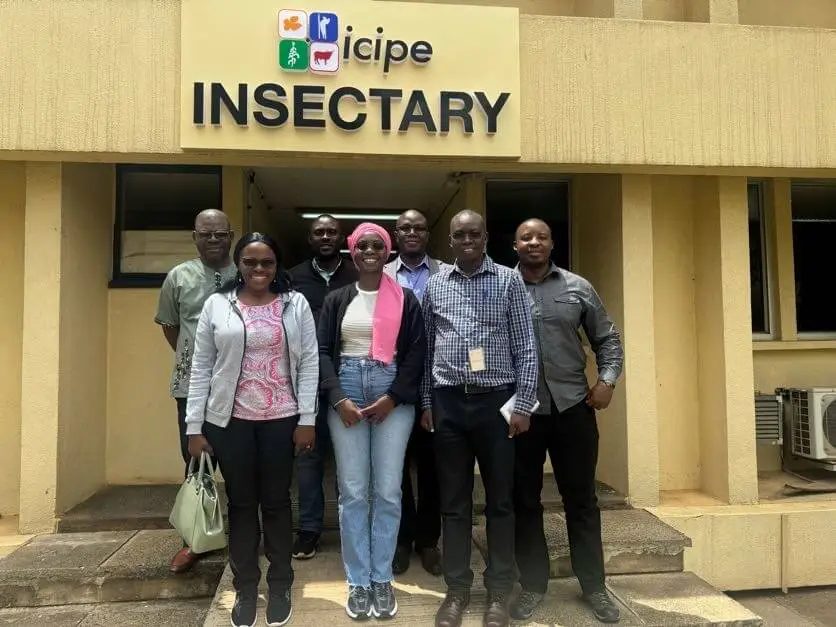
L’industrie kenyane de la mangue a subi d’importants revers en raison de l’invasion de la mouche des fruits (Bactrocera dorsalis), qui a conduit à de nombreuses interceptions de cargaisons de mangues par l’Union européenne (UE). Pour relever ce défi et préserver les possibilités d’exportation du pays, des traitements post-récolte innovants tels que l’utilisation de la […]
Hot water treatment could be a game changer for Kenya’s mango exports

Kenya’s mango industry has faced significant setbacks due to the invasive fruit fly (Bactrocera dorsalis), which has led to numerous interceptions of mango shipments by the European Union (EU). To address this challenge and safeguard the country’s export opportunities, innovative post-harvest treatments such as the utilisation of hot water treatment (HWT) technique are being explored. […]
Former Ethiopia Prime Minister H.E. Hailemariam Desalegn Boshe to Chair TradeMark Africa’s Board
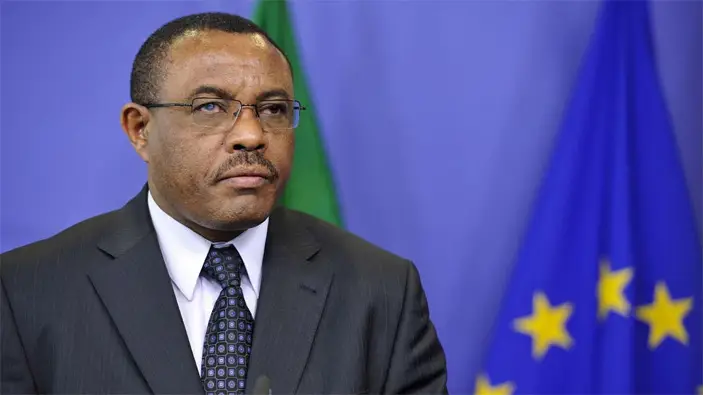
Nairobi, Kenya, 05 September 2024: TradeMark Africa (TMA) announces the appointment of H.E. Hailemariam Desalegn Boshe, former Prime Minister of Ethiopia, as its new Board Chair. H.E. Desalegn is succeeding Ambassador Erastus Mwencha, who has concluded his term, and joins TMA at a time when the organisation has set its sights on ambitious goals including […]
L’ancien Premier ministre éthiopien S.E. Hailemariam Desalegn Boshe présidera le conseil d’administration de TradeMark Africa

Nairobi, Kenya, 06 septembre 2024 : TradeMark Africa (TMA) annonce la nomination de S.E. Hailemariam Desalegn Boshe, ancien Premier ministre de l’Éthiopie, en sa qualité de nouveau président du conseil d’administration. S.E. Desalegn succède à l’Ambassadeur Erastus Mwencha, qui vient de conclure son mandat, et rejoint TMA à un moment où l’organisation s’est fixé des objectifs […]
Smart Freight Centre and Kuehne Climate Center Launch Green Freight Support Programme at Global Logistics Convention 2024
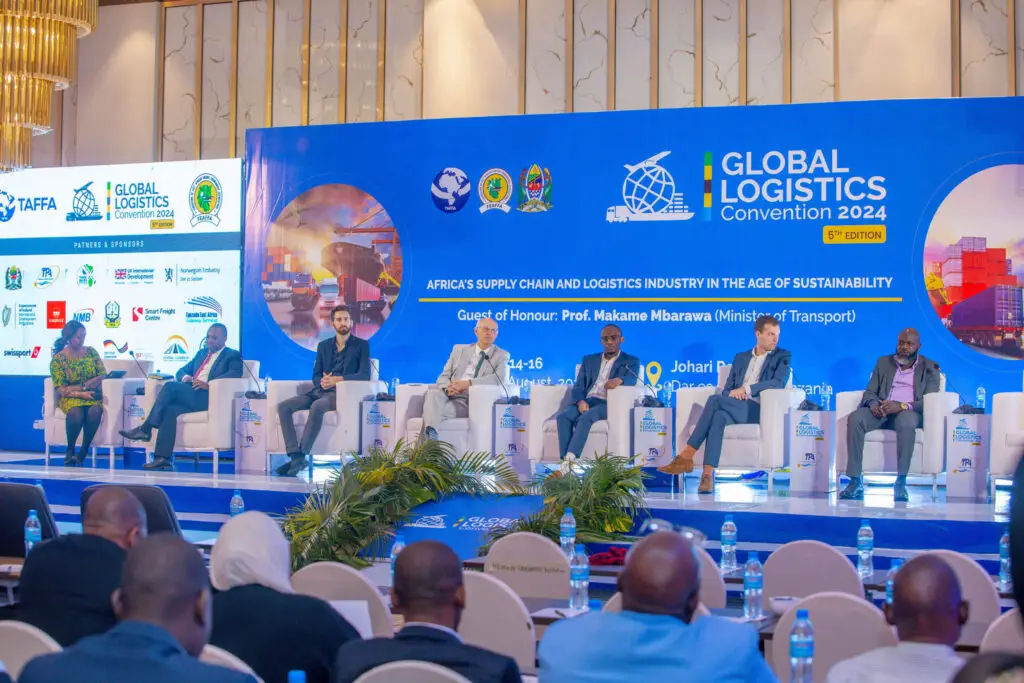
The Smart Freight Centre and the Kuehne Climate Center have officially launched the Green Freight Support Programme at the Global Logistics Convention 2024, held in Dar es Salaam, Tanzania, from 14-16 August. This initiative, developed in collaboration with leading organisations such as TradeMark Africa, UNEP, and GIZ, is set to drive logistics decarbonisation efforts across […]
TradeMark Africa drives engagements to streamline and boost trade in West Africa
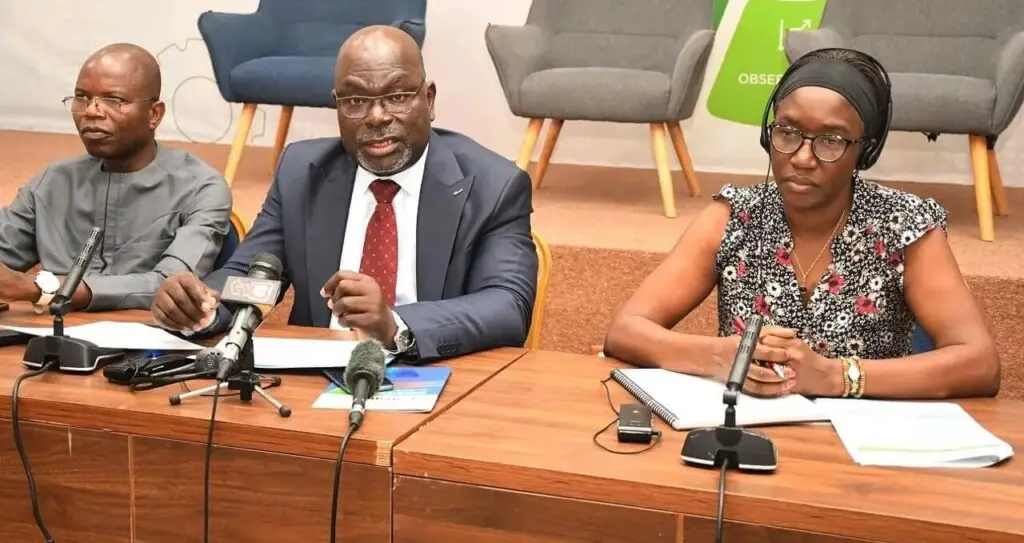
The Ministry of Commerce and Industry of Cote d’Ivoire in collaboration with TradeMark Africa (TMA) recently convened a two-day meeting for trade facilitation officials from Ghana and Côte d’Ivoire to deliberate on measures to enhance trade efficiencies between the two countries, focusing primarily on deepening customs cooperation. Facilitated with support from the UK International Development, […]
Tanzania Government and TradeMark Africa Launches National Trade Policy to Boost Global Competitiveness
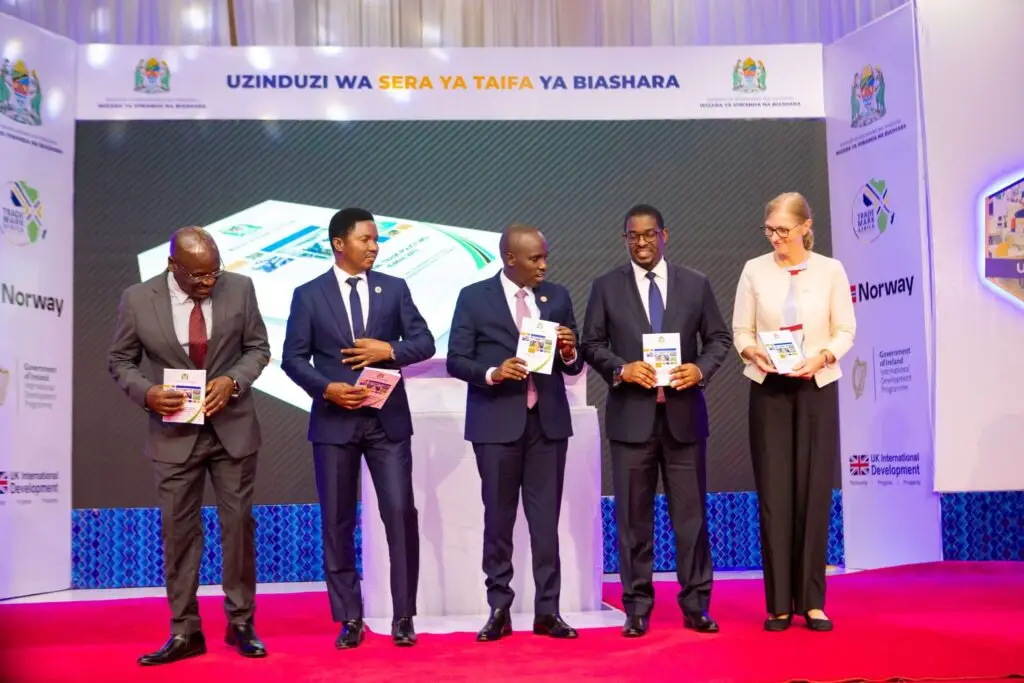
Yesterday, 30 July 2024, marked a historic milestone for Tanzania’s trade landscape. The Government of the United Republic of Tanzania, through the Ministry of Industry and Trade, in collaboration with TradeMark Africa (TMA), launched the Tanzania National Trade Policy (NTP) 2023 Edition. This policy represents a significant advancement in Tanzania’s trade development, emphasising enhanced policy […]
$400 Million in Staple Foods Traded at the Eastern and Southern Africa Grain Trade Forum
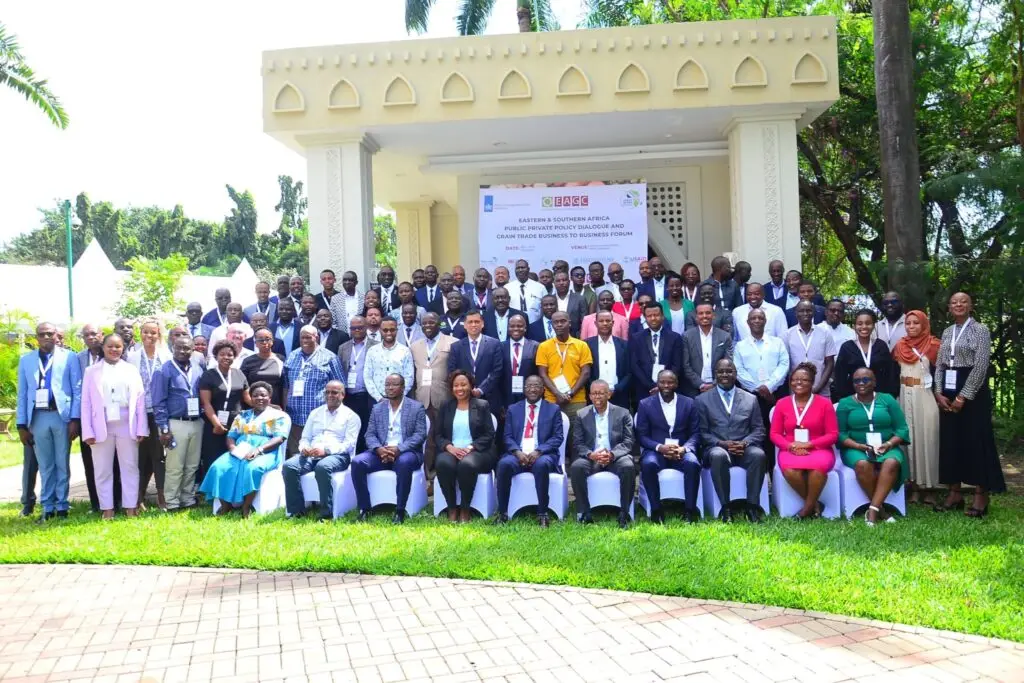
The recently concluded Eastern and Southern Africa Grain B2B Forum in Dar es Salaam was a resounding success, with an impressive $400 million in staple foods traded. Hosted by TradeMark Africa (TMA), the Eastern Africa Grain Council (EAGC), and the Alliance for a Green Revolution in Africa (AGRA), the event brought together 150 delegates from […]
